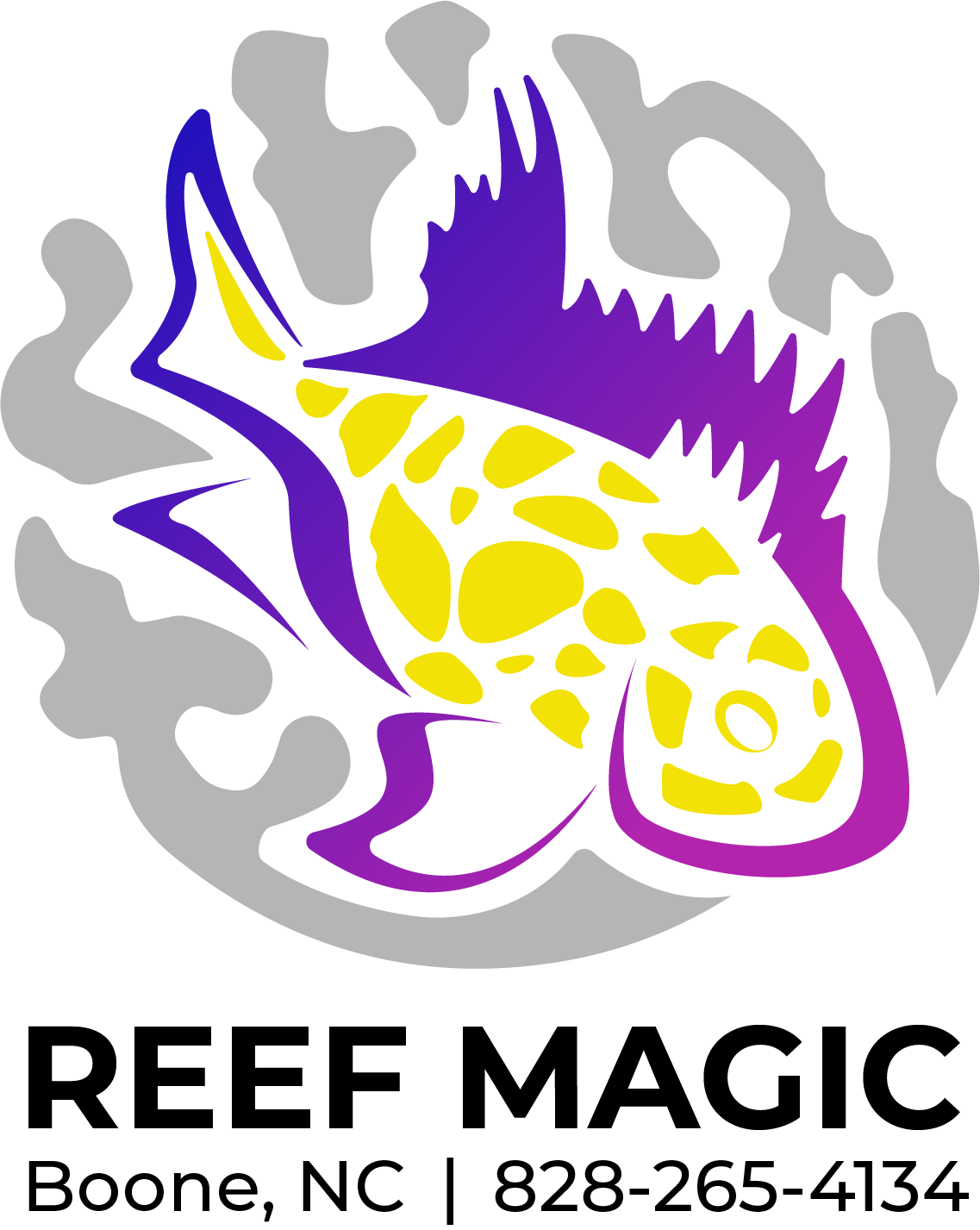 Image 1 of 1
Image 1 of 1


Hermit- Blue Leg
The Blue Leg Hermit Crab (Clibanarius tricolor) is a small, colorful, and hardy addition to marine aquariums. Here are their care requirements:
Tank Requirements
Tank Size: Minimum of 10 gallons, though larger tanks are preferable to provide more stable water conditions and more space for exploration.
Substrate: A sandy or crushed coral substrate is ideal, allowing the hermit crab to dig and search for food.
Rockwork: Provide plenty of live rock and hiding spots, as these crabs enjoy climbing and exploring.
Water Quality
Temperature: 72-78°F (22-26°C)
Salinity: 1.023-1.025 specific gravity
pH: 8.1-8.4
Ammonia/Nitrites: 0 ppm
Nitrates: < 20 ppm
Phosphates: < 0.03 ppm
Diet
Omnivorous: Feed a varied diet to ensure proper nutrition.
Food Types: Algae, detritus, leftover fish food, and commercial hermit crab pellets.
Supplements: Offer dried seaweed or nori, and occasional meaty foods like mysis shrimp or brine shrimp.
Feeding Frequency: Provide food daily, but be mindful not to overfeed, which can lead to water quality issues.
Behavior and Compatibility
Reef Safe: Generally considered reef safe. They will help clean up algae and detritus but may occasionally disturb small invertebrates or corals if food is scarce.
Tank Mates: Compatible with a wide variety of reef-safe fish, corals, and other invertebrates. Avoid housing with aggressive fish or larger crabs that might prey on them.
Shells: Provide a variety of empty shells of different sizes to accommodate growth and reduce competition for shells.
Care and Maintenance
Water Changes: Regular water changes (10-20% weekly or bi-weekly) to maintain water quality.
Observation: Regularly check for signs of stress or health issues, such as lethargy or lack of appetite. Ensure they have access to appropriate-sized shells to avoid stress and encourage growth.
Cleaning: They are natural scavengers and will help keep the tank clean, but ensure no uneaten food remains that could decay and affect water quality.
Acclimation
Drip Acclimation: Acclimate slowly using the drip method to help them adjust to your tank’s water parameters, reducing stress and improving survival rates.
Additional Tips
Avoid Copper: Do not use medications or treatments containing copper in the tank, as it is toxic to invertebrates.
Supplemental Calcium: Ensure there is enough calcium in the water for healthy shell growth.
By providing the Blue Leg Hermit Crab with a suitable environment, a varied diet, and proper care, they can thrive and contribute to the overall health and cleanliness of your marine aquarium.
The Blue Leg Hermit Crab (Clibanarius tricolor) is a small, colorful, and hardy addition to marine aquariums. Here are their care requirements:
Tank Requirements
Tank Size: Minimum of 10 gallons, though larger tanks are preferable to provide more stable water conditions and more space for exploration.
Substrate: A sandy or crushed coral substrate is ideal, allowing the hermit crab to dig and search for food.
Rockwork: Provide plenty of live rock and hiding spots, as these crabs enjoy climbing and exploring.
Water Quality
Temperature: 72-78°F (22-26°C)
Salinity: 1.023-1.025 specific gravity
pH: 8.1-8.4
Ammonia/Nitrites: 0 ppm
Nitrates: < 20 ppm
Phosphates: < 0.03 ppm
Diet
Omnivorous: Feed a varied diet to ensure proper nutrition.
Food Types: Algae, detritus, leftover fish food, and commercial hermit crab pellets.
Supplements: Offer dried seaweed or nori, and occasional meaty foods like mysis shrimp or brine shrimp.
Feeding Frequency: Provide food daily, but be mindful not to overfeed, which can lead to water quality issues.
Behavior and Compatibility
Reef Safe: Generally considered reef safe. They will help clean up algae and detritus but may occasionally disturb small invertebrates or corals if food is scarce.
Tank Mates: Compatible with a wide variety of reef-safe fish, corals, and other invertebrates. Avoid housing with aggressive fish or larger crabs that might prey on them.
Shells: Provide a variety of empty shells of different sizes to accommodate growth and reduce competition for shells.
Care and Maintenance
Water Changes: Regular water changes (10-20% weekly or bi-weekly) to maintain water quality.
Observation: Regularly check for signs of stress or health issues, such as lethargy or lack of appetite. Ensure they have access to appropriate-sized shells to avoid stress and encourage growth.
Cleaning: They are natural scavengers and will help keep the tank clean, but ensure no uneaten food remains that could decay and affect water quality.
Acclimation
Drip Acclimation: Acclimate slowly using the drip method to help them adjust to your tank’s water parameters, reducing stress and improving survival rates.
Additional Tips
Avoid Copper: Do not use medications or treatments containing copper in the tank, as it is toxic to invertebrates.
Supplemental Calcium: Ensure there is enough calcium in the water for healthy shell growth.
By providing the Blue Leg Hermit Crab with a suitable environment, a varied diet, and proper care, they can thrive and contribute to the overall health and cleanliness of your marine aquarium.






